From the archives: Remembering the Polson Iron Works
Builders of Wanda III were leaders in their day
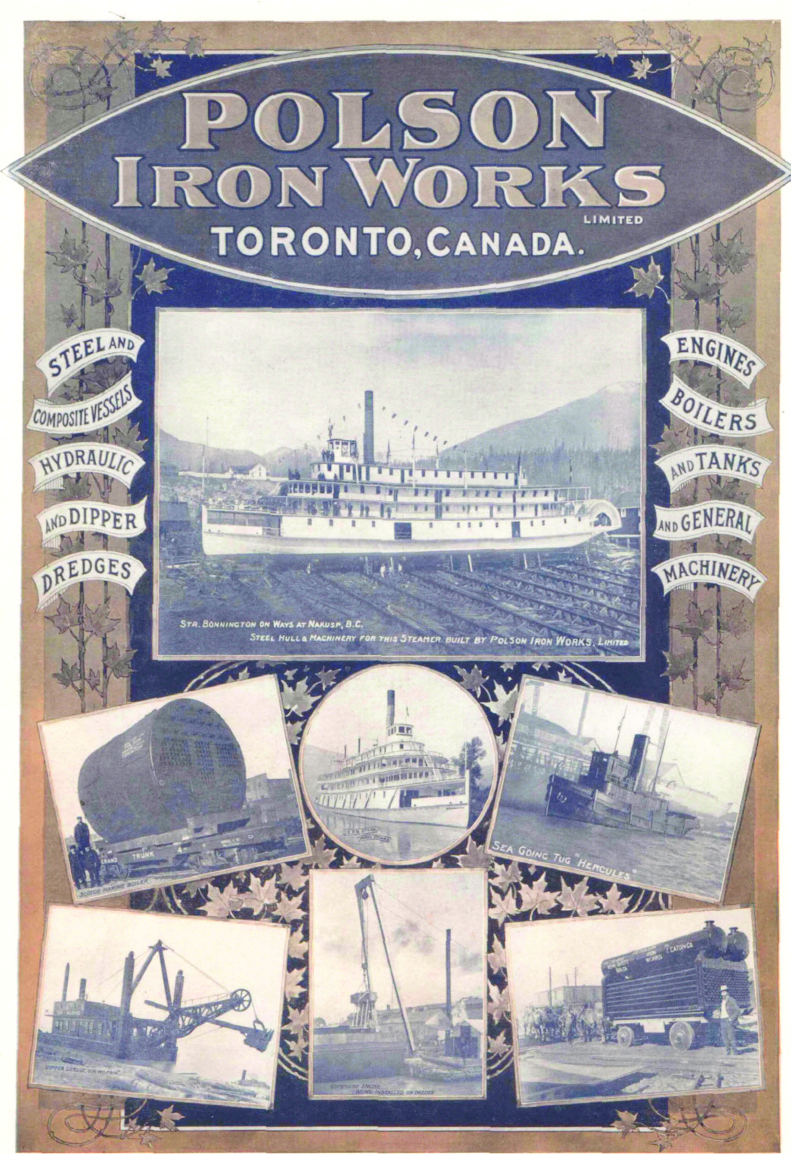
Polson Iron Works closed many years ago, but in over 50 years of operation it produced some incredible vessels, including a few that are still in operation. Most notably, the beloved Wanda III.
The company began operating as an engine builder in Cobourg, Ontario in 1878. Within five years its founder, William Polson (1834-1901) and his son, Franklin, moved their operation to Toronto. By 1886, the company was incorporated, and the company leveraged its expertise to begin building ships.
Their operation was one of the first in Toronto. Two years later, favourable land grants prompted the company to also open operations in Owen Sound which was a key port for the Canadian Pacific’s fleet of steamships.
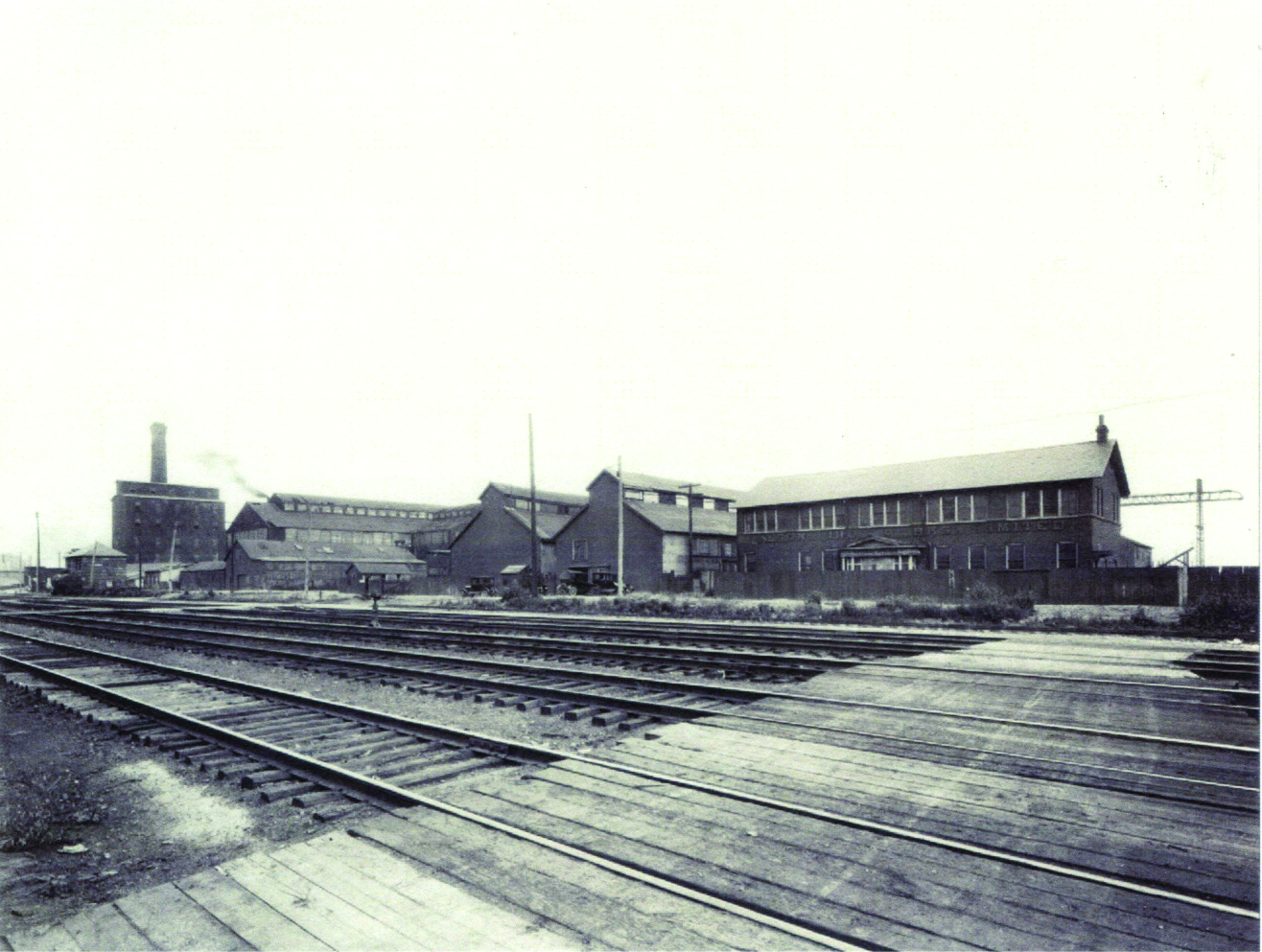
In 1888 the Owen Sound yard launched Manitoba. It was not only the first ship built for the Canadian Pacific (CPR), it was also the first ship built in Canada completely from steel.
Before this, Canadian ships tended to be built in Scotland. The cost was lower, but there was a much longer lead time. Building locally allowed Polson to become a viable player in the market. Unfortunately, the company soon ran into financial problems. Wages at the Owen Sound operation were almost twice those in Toronto; as well, startup costs for the Owen Sound shipyard and the CPR’s slowness in paying for Manitoba caused a severe cash flow problem when the time came for the next build.
To compound matters, a looming recession and American protectionist measures further squeezed the company to the point where it was forced to restructure. In that process, a new company prospectus was drawn up and new directors and shareholders were recruited.
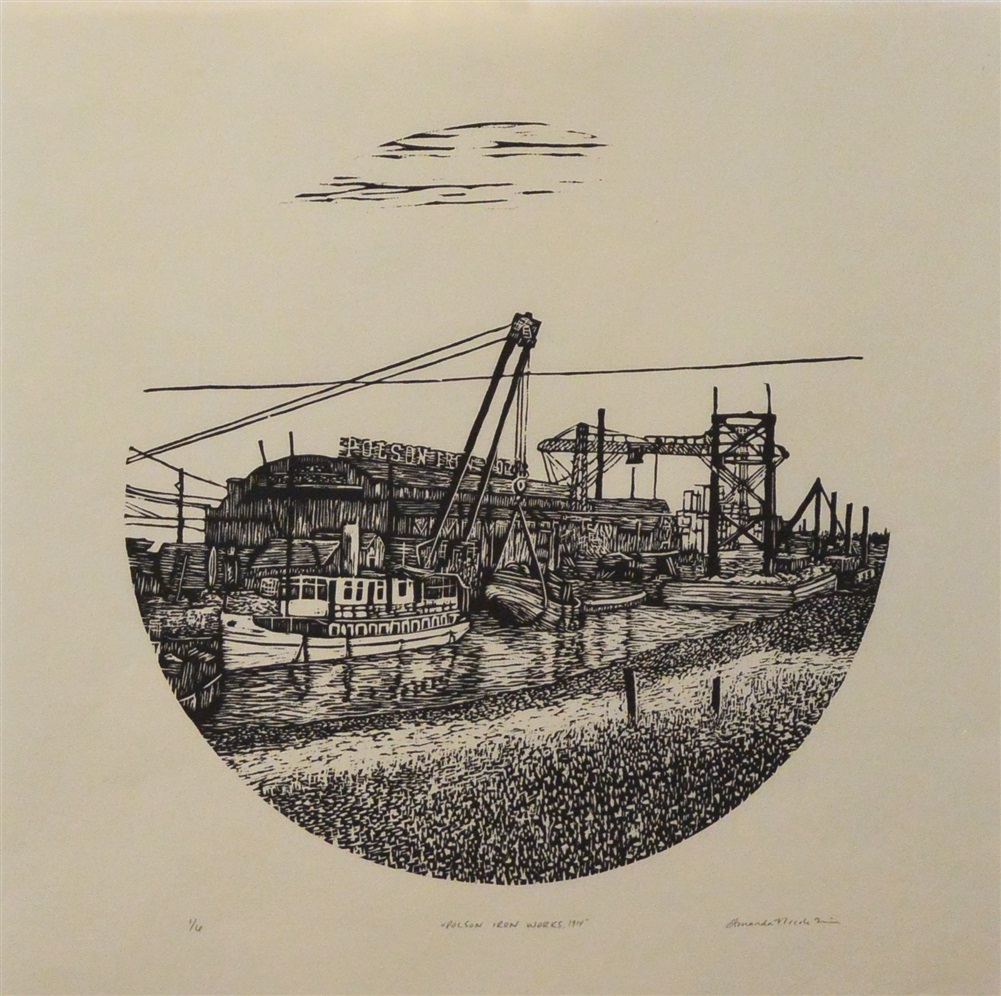
By the end of 1889, the company had a new look and much more favourable financial footing due in part, to the influence of William Sandford, one of the key directors on the board. Sanford was a very successful businessman with considerable connections both in Canada and in England. He established a highly successful clothing business, was involved in real estate (owning large holdings in Manitoba), was a Conservative Senator, a member of multiple other boards, a philanthropist and a personal guest of Queen Victoria on several occasions. Such pedigree on the Polson board did much to improve the Polson profile. In 1890, Sanford had his personal yacht Naiad built by Polson.
In 1895, the town of Owen Sound withdrew its tax exemption for the shipyard and it was closed down. All operations were then focused in Toronto.
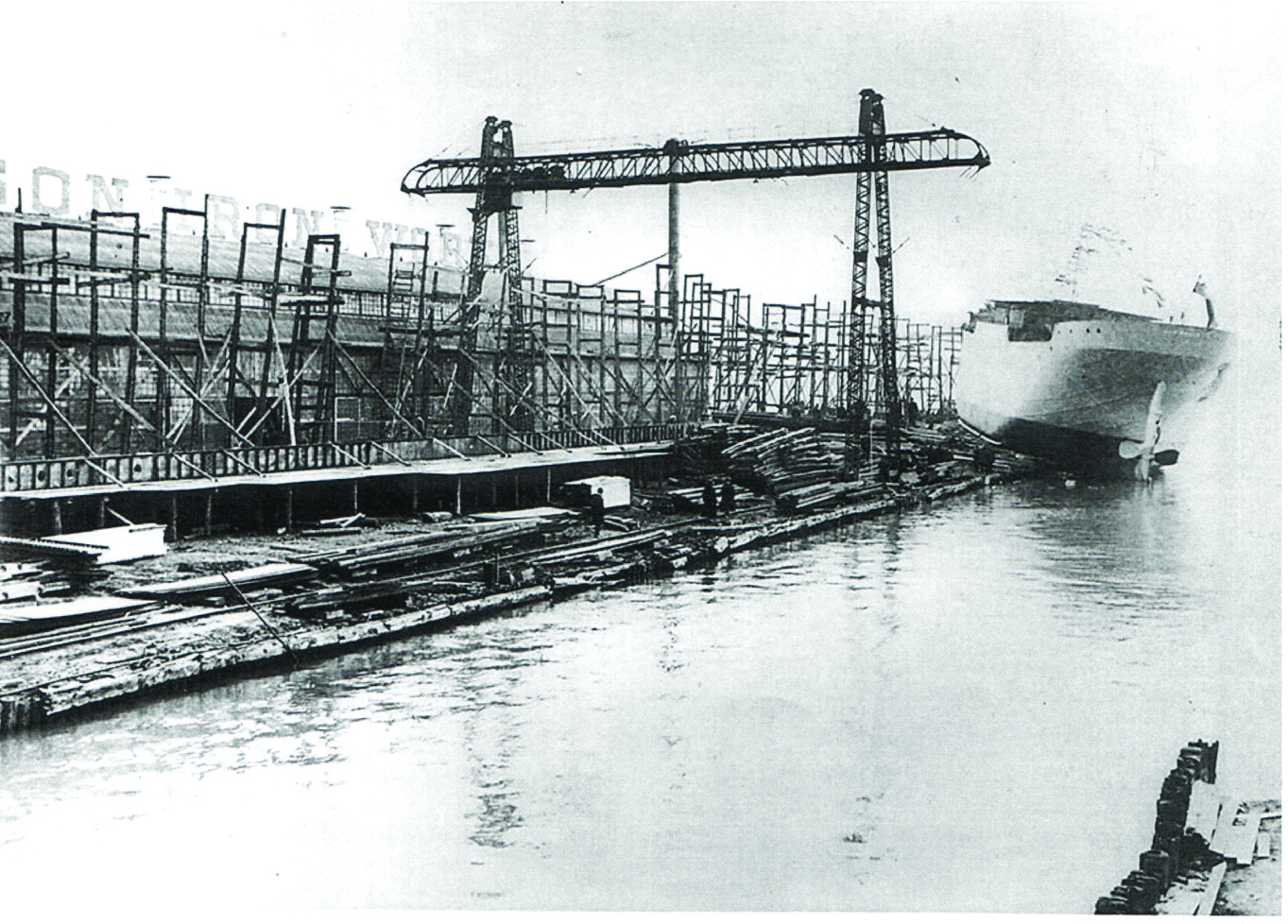
in 1907, Franklin Bates Polson died unexpectedly at the age of 49 but the company continued operating for another twelve years.
By the time the company ceased operations in 1919 it had built one hundred and fifty different vessels, including Canada’s first armed ship. It built tugs, ferries, barges, dredges, two lightships, patrol boats, and mine sweepers. In 1916 Polson even manufactured tubing and fittings for a biplane called the MFP Tractor.
The company built over 30 yachts, including all three of the Eaton family’s Wanda yachts. The first, was built in 1898 and it was the fastest yacht on the Muskoka lakes until she lost her title in 1905. Mr. Eaton then commissioned Wanda II which met an untimely end in a fire, following which Mrs. Eaton had the Wanda III built in 1915.
Other notable Polson vessels which cruised in Muskoka were Rambler, Ella Mary (later renamed SS Bigwin), Bobs, Mildred, Naiad, Ina, and Llano.
Despite having built so many historically significant ships Polson Iron Works ceased operations after the end of World War I when Canada’s economy stumbled before transitioning to a peace time world.
The Polson legacy lives on not only in the ships that are still sailing today but also with a pier named after Polson. it is situated in Toronto’s Portlands and has become a multi entertainment attraction sitting on the east end of the Toronto harbour offering stunning views of the modern Toronto skyline one hundred years later.
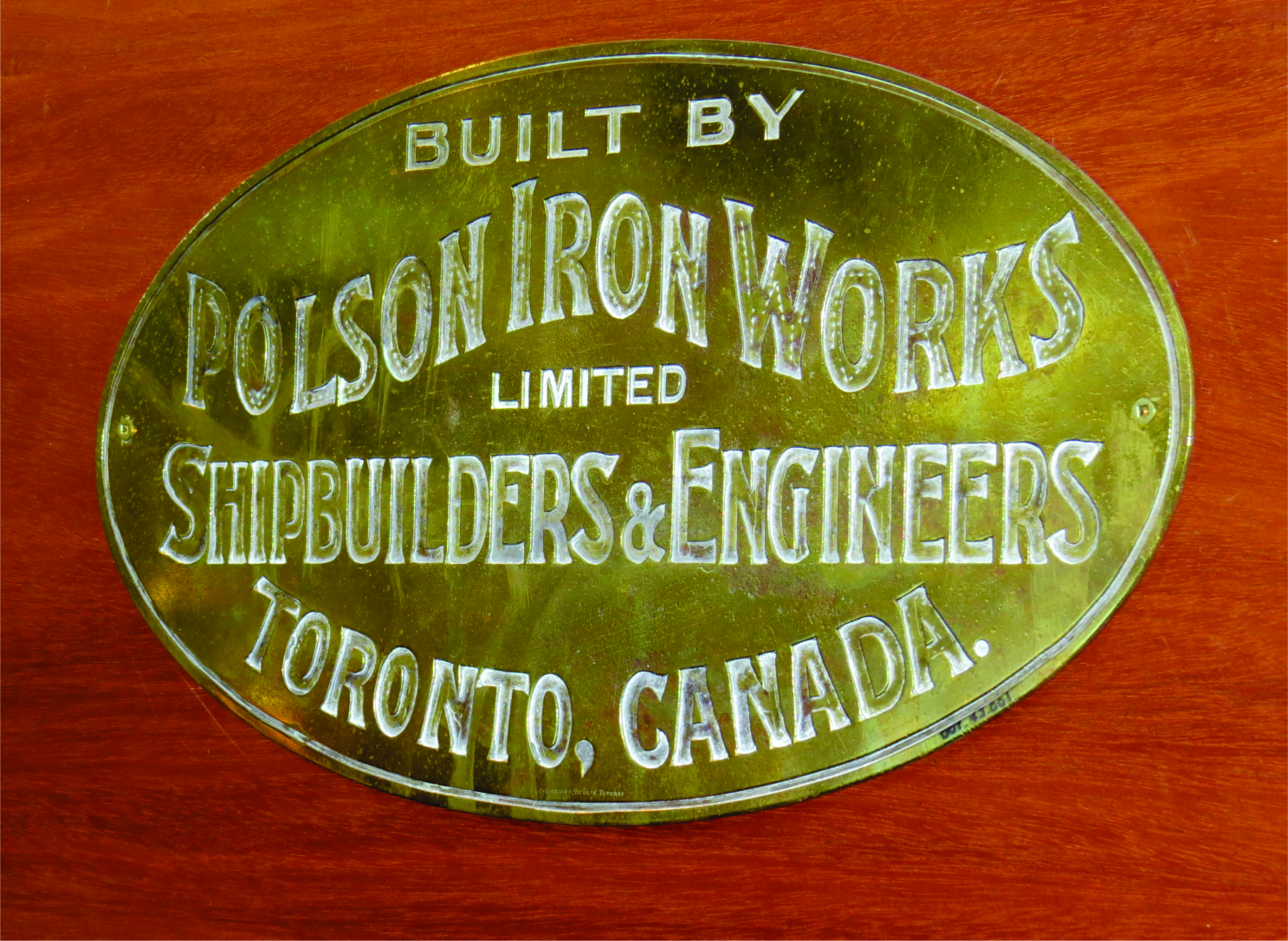
You can learn more at www.polsonironworks.com
Bob Winter, Archives Volunteer
Editor’s Note: This article originally appeared in the fall-winter 2019 edition of Reflections. Since that time, Wanda III has been restored and equipped with modern electric power. She is currently being finalized in preparation to carry passengers on the lakes once again.



